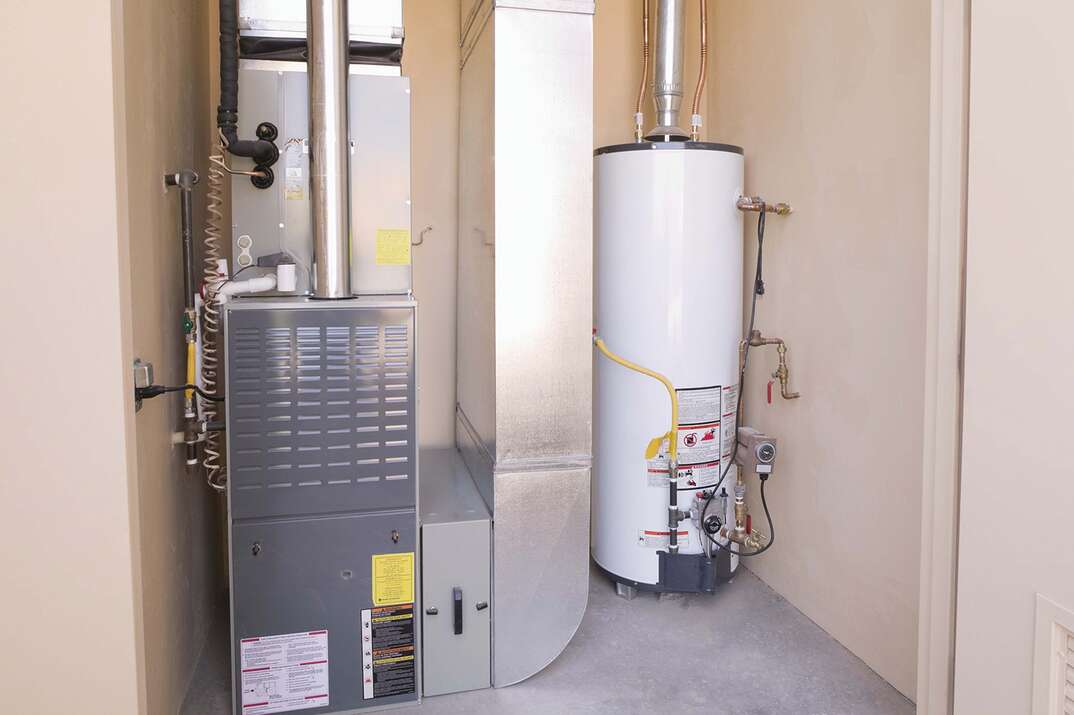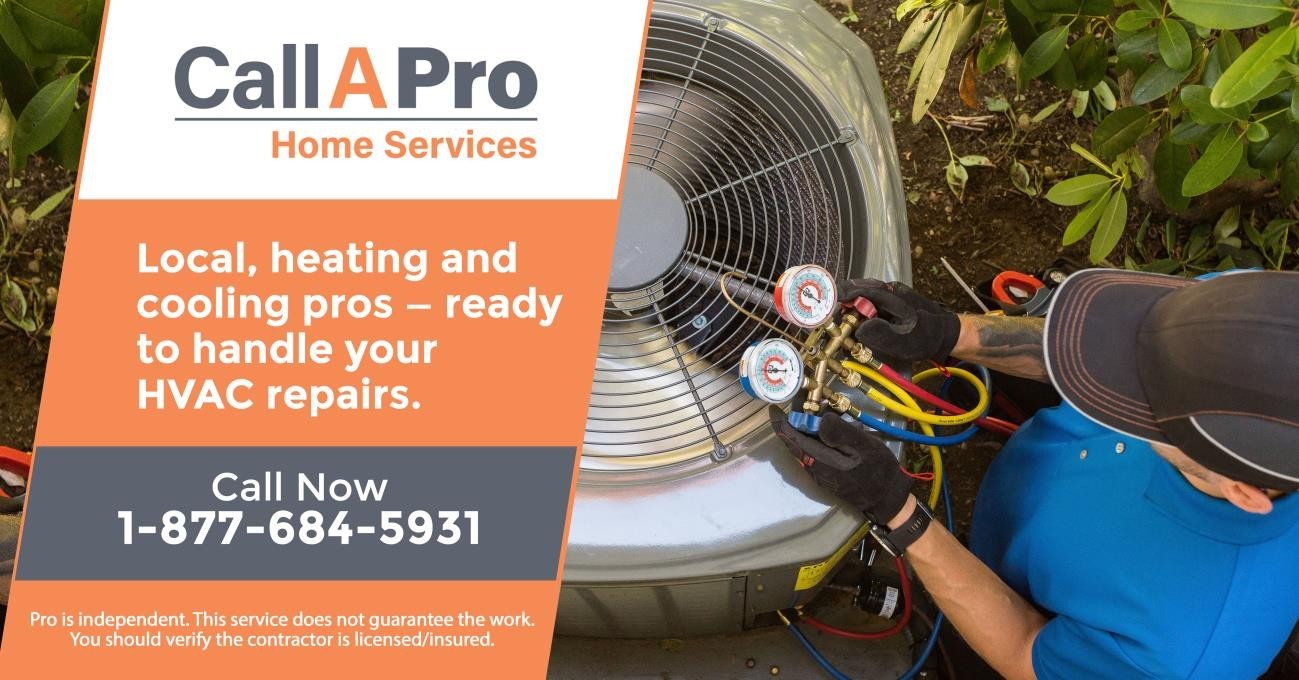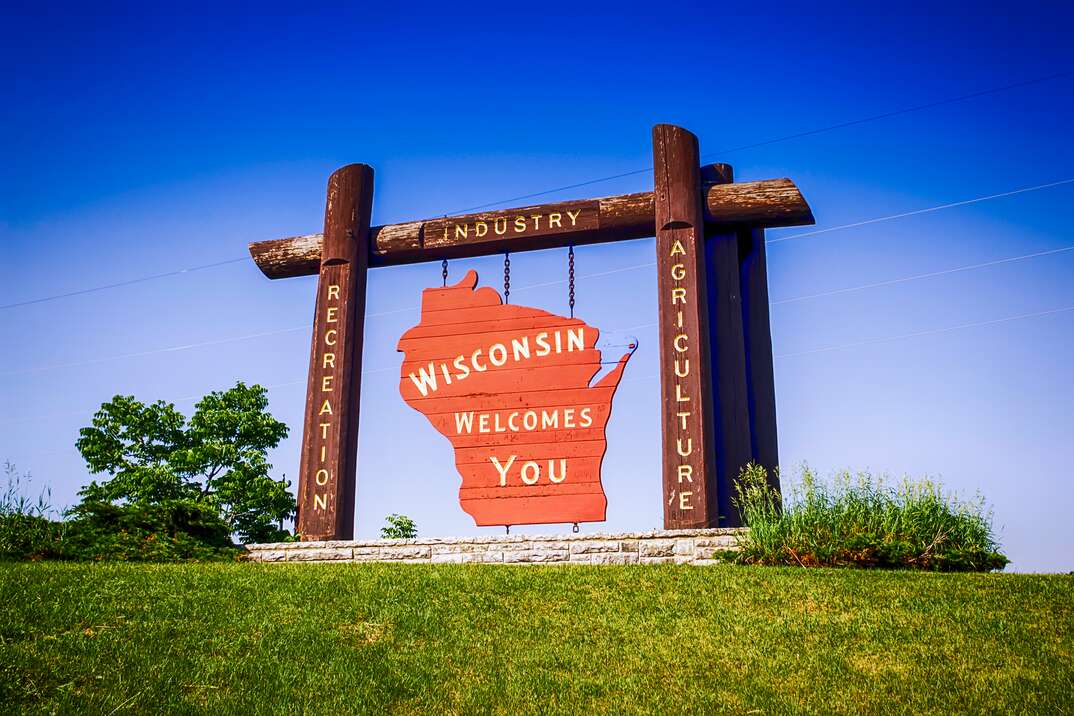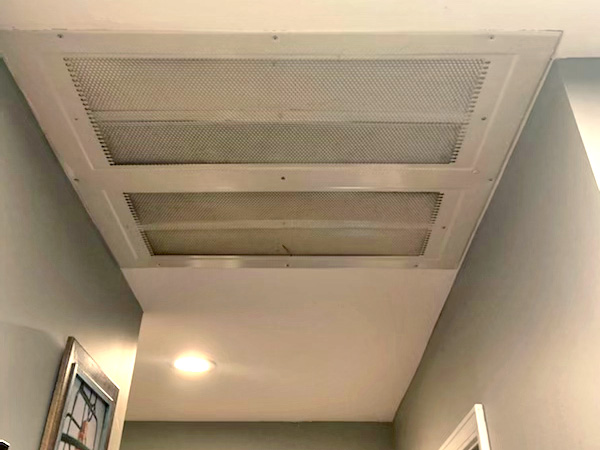Need a New Furnace? Here's What You Should Know

Furnace Costs at a Glance
- Price range: $1,500-$6,500
- Mid-efficiency furnace: $1,500-$2,500
- High-efficiency furnace: $3,000-$5,000
- Installation: $950-$1,150
- Furnace tune-up: $100-$125
Have you experienced a spike in your energy bills? Does your furnace turn on or off when it shouldn’t? Maybe you’ve picked up on odd noises or gross smells coming from your heating system. These are telltale signs your furnace’s performance is declining.
This May Also Interest You: How To Change a Furnace Filter
While you may have some time left, you’ll probably want to replace your system before it ultimately gives out. Doing so not only ensures you’ll have a functioning furnace; it can also save you money. Old furnaces have frequent breakdowns, heat your home inefficiently and can drive up your energy bills.
Fear your furnace may be on its last legs? Here’s what you need to know about replacing it, including how much it will cost.
How Much Does a Furnace Cost?
A new furnace costs $1,500 to $6,500, depending on the model you choose. The average cost of installing a mid-efficiency furnace is $1,500 to $2,500. Mid-efficiency furnaces have an annual fuel utilization efficiency (AFUE) rating of 80% to 89%. They vent through a masonry or a metal chimney. Your existing chimney may need to be upgraded when you install a new furnace.
Installing a high-efficiency furnace costs $3,000 to $5,000. They have an AFUE rating of 90% to 97%. High-efficiency furnaces vent through the wall via PVC pipe.
Cost Factors to Consider
In addition to the up-front installation price, here are some other things to think about:
1. Energy Source
The three main fuel sources for furnaces are electricity, natural gas and oil. Look up the costs of these fuel sources in your area to calculate how much you would pay to run each type of furnace. If you want to switch to a different energy source for your new furnace, there may be additional labor costs involved in installation.
Gas and oil furnaces deliver powerful heat, making them more popular in cold climates. Annual maintenance is important for all types of heating systems, but especially for gas furnaces. Keep maintenance costs in mind if you choose a gas furnace. Poor maintenance puts you at greater risk for dangerous gas leaks and furnace fires.
2. Efficiency
A higher AFUE rating means the furnace uses more of the heat it generates. Furnaces with an AFUE rating of 90% lose 10% of the fuel used for heating your home. Furnaces with a higher AFUE rating also tend to cost more.
High-efficiency furnaces cost more to repair because they have more complex parts than mid-efficiency furnaces. If you have an older, inefficient furnace, upgrading to a mid-efficiency furnace may be enough to lower your energy bills.
If you want to find a balance between energy efficiency and installation cost, opt for a furnace with an AFUE rating of 90% to 95%. The repair costs in this range are lower than furnaces rated above 95%.
3. Furnace Size
When determining what size furnace you need, the technician will take into account your home's landscaping, construction and square footage. A furnace that is too small won’t properly heat your home, and one that is too large can cause issues such as short cycling.
4. Installation
You can purchase your furnace and pay for installation separately. The cost to install a new furnace is between $950 and $1,150, and the process takes about 10.5 hours to complete. Installing a furnace is not a DIY job; it requires specific knowledge and training, which is why installation technicians are required by law to be certified.
5. Warranty Plans
Many furnaces come with a warranty from the manufacturer, and furnace installation companies will often include a labor warranty. Manufacturer warranties may last for 10 years, but you’ll need to follow the maintenance guidelines to keep the warranty valid. Some manufacturers require that you register the furnace in order to claim its warranty. Warranties from furnace installers are typically valid for one year. Make sure to get any warranty in writing.
6. Brands
Lennox, Carrier, Trane, Bryant, Rheem and American Standard are the leading brands of furnaces. Ruud is another brand to check out if you’re looking for a gas furnace. If you purchase a high-efficiency furnace, you may be eligible for a rebate or tax break. Check to see what rebates are available in your area.
7. Ongoing Costs
In addition to annual maintenance, you’ll also need to change your furnace’s air filter every one to three months. Some furnaces have a filter that you can clean on a regular basis. Changing or cleaning the air filter and scheduling regular maintenance can help you save money on the overall operating cost of your system. These maintenance tasks are critical for maintaining energy efficiency and warding off problems.
The average cost of a furnace tune-up is only $100 to $125 — much cheaper than the cost of a major furnace repair. Air filters are inexpensive, ranging from $4 to $30.
Signs of Furnace Trouble
Furnace problems only become more expensive over time. Staying on top of maintenance can help you find problems sooner. If you are aware of any of these signs of trouble with your furnace, promptly schedule a repair:
Age
You should plan on replacing your furnace as it starts to get old. An outdated furnace can struggle to adequately heat your home. High energy bills and a cracked heat exchanger are signs you should replace an old furnace.
A heat exchanger is an expensive part to replace. Old furnaces naturally lose efficiency, so there is only so much an HVAC technician can do to make an old system run more efficiently. A general rule of thumb is to never repair something when the repair costs are more than one-third the cost of a replacement. If your old furnace has needed repairs more than two times in the past two years, it's time to replace it.
Spikes in Monthly Bills
Dirty air filters and internal components are often the culprits. This is why it's important to keep up with maintenance. A technician will clean your furnace's internal components during a tune-up.
Inefficient Heating
If your furnace isn't old, inefficient heating is a problem you can probably fix with a repair or a tune-up. Dirty air filters restrict airflow in the furnace, so they can result in inefficient heating. Thermostat problems can also cause your furnace to fail. Your furnace may heat unevenly, fail to reach the set temperature or fail to turn on at all. Try changing the batteries. If that doesn't work, an expert HVAC technician can diagnose your system for you.
More Related Articles:
- 5 Furnace Noises You Shouldn’t Ignore
- What is the Difference Between a Furnace and a Heat Pump?
- What is the Difference Between a Propane and an Oil Furnace?
- Don’t Get Cold Feet! Everything You Need to Know About Radiant Floor Heating
- Is an Air Filter Subscription Service Worth the Cost?
Short Cycling
Short cycling occurs when your furnace turns on and off too frequently. An oversized furnace can cause short cycling. After giving a blast of warm air in your house, the system will shut off because its sensors detect the warm air. If you notice short cycling on a furnace that wasn’t recently installed, there’s likely a different cause. Short cycling also shortens the lifespan of your heating system, so you should have an expert technician service it.
Troublesome Noises
When your furnace makes unusual noises — squealing, rattling, banging and screeching — it's in need of repair or maintenance. One of many problems may be the cause behind an unusual sound from your furnace, but only an expert repair technician can diagnose it.
Parts inside the system may have loosened or broken. Squealing sounds usually mean that moving parts in the system have lost lubrication. During a maintenance call, expert furnace technicians lubricate these moving parts to prevent this problem.
Abnormal Smells
If you smell gas, turn off the furnace immediately. It’s best to leave your home until a technician has confirmed it's safe for you to return. Bring any pets with you too. Gas leaks are a safety risk.
A burning plastic odor or metallic smell can signal a wiring problem. You may have wires melting, which is a fire hazard. Turn your furnace off until it can be replaced.
Routine maintenance reduces the chance you'll have gas leaks or electrical problems with your furnace. Expert maintenance technicians thoroughly inspect your furnace to catch early signs of deterioration.
If you smell something burning when you have just turned on your furnace, it’s probably dust. Dust accumulates in your system while it’s not in use. When you turn your furnace on for the first time, that dust may burn. This isn’t usually a concern.
Musty odors are usually caused by mold. You should have an expert technician investigate the source of the musty smell since mold is harmful to your health.
Prolonging the Life of Your Furnace
With proper maintenance, gas furnaces can last 20 to 30 years. The average lifespan is 16 to 20 years. Well-maintained oil furnaces can run as long as 25 years, but they last 15 to 20 years on average. Expect to get 18 to 25 years out of a high-quality electric furnace or 15 to 20 years out of a budget electric model.
You can extend the lifespan of your furnace by following general maintenance and operation guidelines: Change the air filter on a monthly basis, schedule repairs at the first sign of trouble, buy the right size furnace for your home, and schedule annual tune-ups.
Improve your home's insulation can also help your furnace last longer. The better your home is able to hold heat, the easier it is on your furnace. With proper insulation, your heating system won't have to run as much to maintain a comfortable temperature.
Since we’re all home now more than ever, being prepared for unexpected home repairs with a plan from HomeServe is important. Having a plan in place gives you peace of mind knowing that you can simply call our 24/7 repair hotline for covered breakdowns. See what plans are available in your neighborhood.




